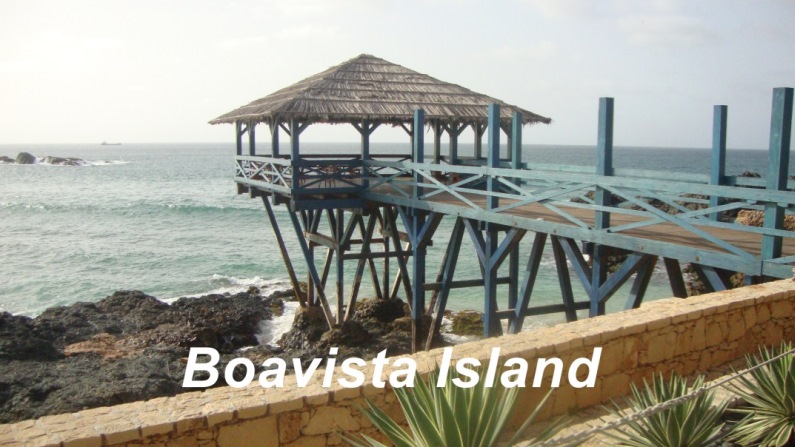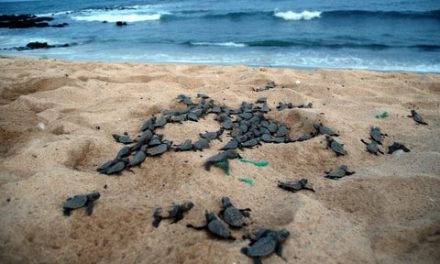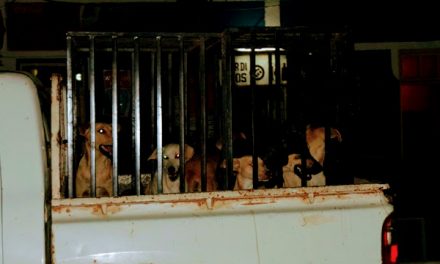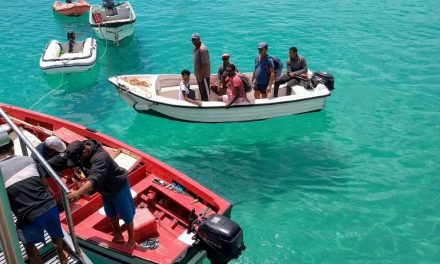ABOUT ME / US:
I am a PhD student from Ireland, studying humpback and fin whales. I am working with an Irish charity called Irish Whale and Dolphin Group and am based at Galway-Mayo Institute of Technology. In Ireland our humpbacks feed on fish in inshore waters during autumn and winter. They disappear each year to breed but the location of their breeding ground remains a mystery. Cape Verde is the closest breeding ground to Ireland and I have come here to collect skin samples to examine the whales’ DNA. The DNA will tell us about how isolated the Cape Verde population is, whether it is able to increase to its former pre-whaling size (which was many thousands). DNA can be used like a finger-print to compare Cape Verdean whales to those from a DNA database of humpbacks from the entire North Atlantic including Ireland to see if there is a ‘match’ between areas.
Humpback whales undergo the longest migrations of any mammal in the world. Each year they migrate from high latitude feeding areas to their tropical breeding grounds and back again. In the North Atlantic there are two known breeding grounds: the West Indies (Caribbean) and Cape Verde. The whales mate and give birth to their calves on these breeding grounds, and individual whales are faithful to only one breeding ground. This means that the two North Atlantic populations are isolated from each other as whales from Cape Verde will not mate with whales from the West Indies. Isolated populations face a greater threat with extinction and inbreeding. The best population estimate for Cape Verdean population size is just 100 to 200 whales after centuries of commercial whaling.
The skin is collected using a technique called biopsy darting. I shoot a dart at the whale’s back using a crossbow, the dart bounces off the whale with a piece of skin attached and then floats in the sea where it can be picked up. The skin is preserved and frozen for analysis back in the lab. A small piece of blubber is also retrieved which is useful for toxicological studies, as whales store toxins (from human activities including heavy metals, organochlorine pollutants and even toxic flame retardants) in fat-rich tissues such as blubber. This research aims to inform us about the population ecology of humpback whales in Cape Verde so that we can better understand their basic needs and inform conservation and management decisions for this truly international species.
PLEASE NOW LOOK AT OUR BLOG AND AMAZING PHOTOS: Link: WHALES AND DOLPHINS
Conor Ryan







